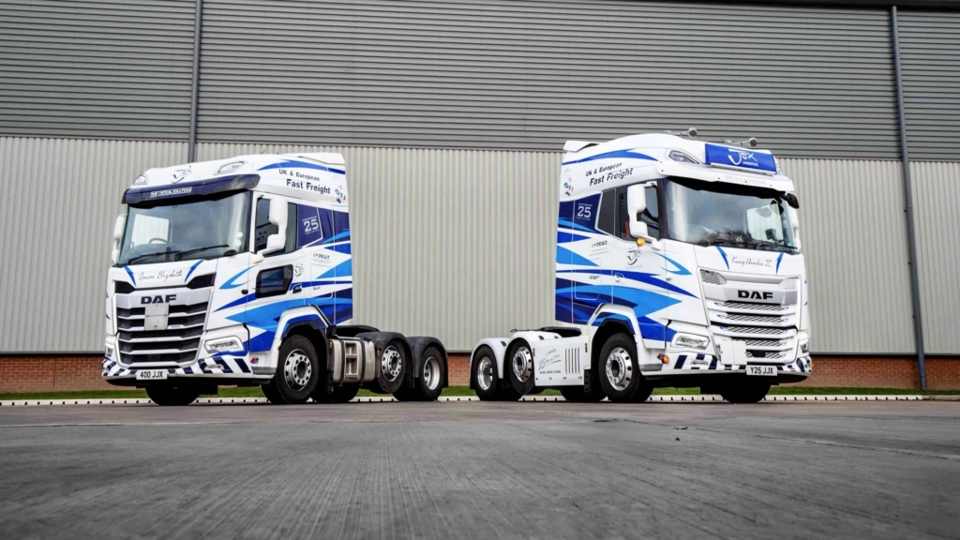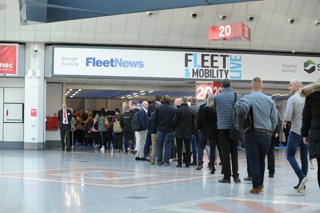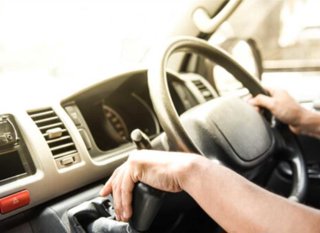JJX Logistics views a focus on safety, security and compliance as a differentiator, setting it apart from its competition and helping it win business.
This unwavering focus is borne out of the nature of its primary business, the transportation of hazardous goods.
“Health and safety is important for every company,” explains Edward Martin from JJX Logistics. “If a forklift accidentally drops a pallet, somebody may get hit on the head, but if you drop an IBC (intermediate bulk containers) of toxics, not only could you hit somebody on the head, you could also have an environmental substances leak.”
The ‘European Agreement concerning the International Carriage of Dangerous Goods by Road’, commonly known as ADR, is a multilateral treaty that governs the transport of hazardous materials (dangerous goods) by road in Europe.
“If there is any kind of incident on the road, there's a heightened risk to the environment,” Edward Martin, JJX Logistics
ADR has been in force since 1968 and is administered by the United Nations Economic Commission for Europe (UNECE). It’s updated every two years to take account of technological advances.
Martin explains: “For ADR, every box we ever move, every pallet, everything always has to go through the UN manual of tested criteria so that every single product, the box that it goes in, the carton, the drum, they’re built, designed and drop tested to safely transport it.
“As long as there’s no crashes, as long as you don’t drop it… it is perfectly safe, as long as you follow the guidelines.”
All of the drivers at JJX Logistics are ADR qualified. “They have to be,” says Martin. “We also have six monthly refresher spill training tests. We have load security training sessions. We have driver coaching once a month. We also have toolbox meetings in the warehouse once a month.”
Martin is particularly keen to give drivers the opportunity to give drivers the forum to be able to share any issues or concerns.
“There’s no expectation that you should know everything,” he says. “We’re here to help.”
“If there is any kind of incident on the road, there's a heightened risk to the environment, and to other passengers and vehicles than just having a normal 40-tonne vehicle driving 60mph,” adds Martin.
“You have a 40-tonne vehicle with something that’s potentially hazardous, flammable or corrosive on it.”
Reducing risk through fleet management
Operating a fleet of more than 35 vans and trucks, JJX Logistics has used a range of measures to reduce incidents by 40% over the past year.
They are born from what it calls a “clear and simple” three-step approach to fleet management: what is the risk, where is the risk and how does it connect the dots to mitigate those risks to the lowest level possible.
It is the mindset of every one of the company’s 70 employees, from the customer service department, who gauge the demands and requirements of its customers, to the transport planners, who work out the logistics of each job, and the drivers, who are the “eyes and ears” on the ground.
It is an approach which helped the logistics company win the Excellence in Fleet Safety and Compliance Award at this year’s Fleet News Awards.

Using data to drive improvement
Working with Samsara since 2021, JJX Logistics employs telematics and dual-facing dashcams to monitor the vehicle and the driver while on the road.
A key development has been a driver safety leaderboard, based on telematics data to encourage safer driving.
“The data we have can action quite a lot of different areas,” says Martin. “Proximity to the vehicles in front, harsh braking events, anything that is considered a risky manoeuvre gets reported through the system.
“We can then score the drivers on a safety score… it’s a great way to drive improvement with drivers wanting to do better.”
A driver score is produced from 28 data points allowing drivers to be ranked against each other, which has resulted improvement in key safety metrics.
The data is invaluable, particularly to identifying which drivers may require additional training.
“You can imagine the challenge of telling a seasoned driver who has driven for longer than you being alive, they’re not driving very well,” says Martin.
“You have to approach it in the right way... it’s not questioning their ability to drive, it is about trying to present them with information they probably didn’t have and that’s where the data really helps.”
Camera technology ‘protects drivers’
Introducing AI dual-facing video cameras into the fleet was not met with any pushback from drivers, according to Martin.
“Usually, pushback is just down to a lack of understanding,” he says. “We make it clear that we’re not watching them – we haven’t got time to. That’s not what they’re there for; they are for the driver’s safety.”
He explains: “Between coming through our main reception gate on to site and into our main boardroom, you have walked past seven cameras, a security guard that will log that you’ve arrived, an ANPR camera and three ID access points.
“You won’t have realised any one of them was there. We have 100% site coverage for safety. It’s the same for every member of staff, it’s not like it’s anything different for the drivers.”
“If an incident happens, we want to try and make sure that we can help resolve it,” he adds.
When the AI-powered camera detects a pre-determined safety violation, the footage is sent to JJX Logistics’ operations team, who can review the incident and send digital coaching alerts to the driver prior to them starting their next shift.
When a driver shows a particular underlying problem with their driving standard, they are brought in for an awareness briefing and coaching session with the operations team, with video footage used in certain scenarios where required.
JJX Logistics individually tailors training packages for each driver depending on their specific workload, experience and learning preference with some completed online, with external teaching agencies, and some in-person at the company’s premises.
It understands the different ways people learn, using some of its more experienced drivers as advisers for new starters, similar to a buddy system, while they familiarise themselves with new ways of operating and new compliance measures they need to monitor.
“Different people learn in different ways, and some are more hands on and practical,” says Martin. “That’s come about from doing more frequent refresher training.
“You can start to see what does or doesn’t work with different people.”
Focus on driver health and wellbeing
Looking after their drivers’ wellbeing begins with their ability to feel comfortable and competent in their role and that progression is always a possibility, according to JJX Logistics.
As a company, it pays for all employee training including the drivers’ CPC, ADR and HGV courses.
There are also opportunities for employees to get involved with community support work as part of their paid employment, such as driving the vehicle as a float in local and regional carnival parades, and attending local schools to give lessons on road and cycle safety, with visual demonstrations and educational talks given by the drivers.
In terms of drivers’ health, regular checks are scheduled by its operations team to discuss overall happiness, workload, home life and medical.
They also have 24/7 access to a member of that team for emergency use.
Furthermore, it has an official grievance policy giving the driver peace of mind when it comes to raising complaints or concerns.
Vehicle cameras record throughout the night (the drivers have full privacy) to ensure they feel safe while parked up and asleep.
A Hijack policy is also in place to mitigate the risk of security breaches on driver and load information to keep them as safe as possible.
Meanwhile, the HR manager is qualified in health and wellbeing and mental health first aid with direct support offered to everyone.
The company also partners with Black Country Mental Health on introducing initiatives to improve mental health while on the road with several of the charity trustee’s former HGV drivers.
Martin says: “Ultimately, with your business, you can have all the fantastic meetings you want with different clients. You’re not the one who’s delivering the goods.
“It’ll be that vehicle that they see, it will be that driver. Your customers will remember when the goods get there, when they come off and they've been thrown all over the place, and that's the image people will see of your business.”
He concluded: “If a driver is speeding, there’s only one person at fault there, but there might be reasons for it. They might be unhappy, or they might be coached poorly. They might have issues going on at home.
“If you don’t speak to them, you don’t know. Communication with your drivers is always key.”





















Login to comment
Comments
No comments have been made yet.